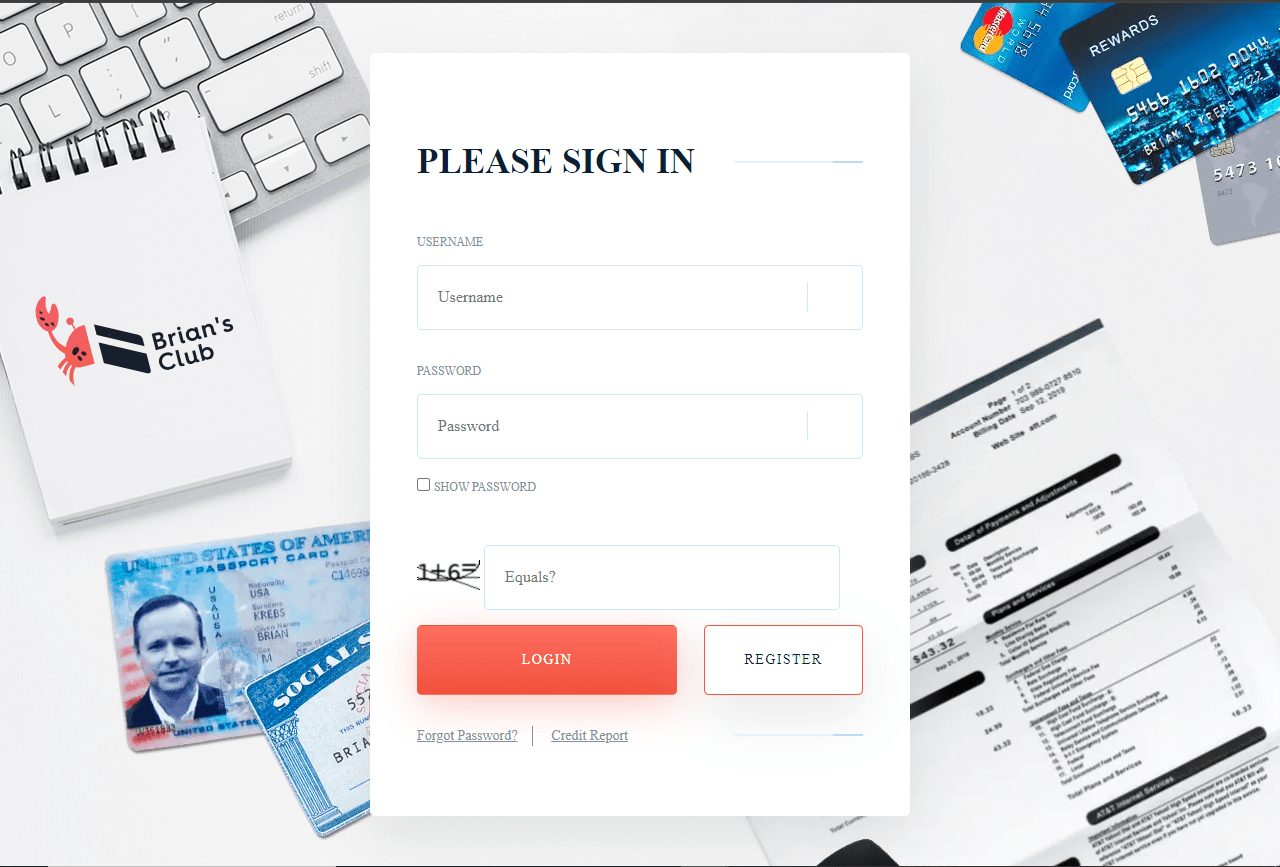Paying employees accurately and on time is one of the most critical responsibilities of any business owner. Whether you’re running a small business or managing a large corporation, understanding the process of paying employees is essential for maintaining trust, ensuring compliance with legal regulations, and fostering a positive work environment. In this comprehensive guide, we’ll walk you through everything you need to know about paying employees, from choosing the right payroll system to understanding taxes and deductions. We’ll also explore how tools like Real Check Stubs can simplify payroll management and help you maintain accurate records.
Why Paying Employees Correctly Is Crucial
Payroll is more than just issuing paychecks; it’s a vital component of your business operations. Accurate and timely payment not only keeps your employees satisfied but also helps you stay compliant with labor laws and avoid potential legal issues.
Key Reasons to Prioritize Accurate Payroll:
- Employee Morale: Consistent, accurate payroll boosts employee satisfaction and trust, leading to higher morale and retention.
- Legal Compliance: Adhering to federal, state, and local payroll regulations is essential to avoid fines, penalties, and legal disputes.
- Financial Management: Proper payroll management helps you keep track of labor costs and maintain financial stability.
- Reputation: A business known for timely and accurate payments builds a positive reputation, making it easier to attract and retain top talent.
Steps to Paying Employees
Paying employees involves several key steps, each of which is crucial for ensuring that the process runs smoothly and complies with legal requirements. Let’s break down these steps:
1. Set Up a Payroll System
The first step in paying employees is setting up a payroll system. You can choose from several options, including manual payroll, payroll software, or outsourcing to a payroll service provider.
- Manual Payroll: Suitable for very small businesses with a limited number of employees. However, it’s time-consuming and prone to errors.
- Payroll Software: Automated software that simplifies payroll calculations, tax withholdings, and record-keeping. Ideal for small to medium-sized businesses.
- Payroll Service Providers: Third-party companies that handle all aspects of payroll, including tax filings and compliance. Best for larger businesses or those with complex payroll needs.
Benefits of Using Payroll Software:
- Accuracy: Automates calculations, reducing the risk of errors.
- Compliance: Keeps you updated with tax laws and regulations, ensuring compliance.
- Efficiency: Saves time and reduces administrative workload.
- Integration: Often integrates with other business systems, such as accounting and HR software.
2. Classify Employees Correctly
Before you start paying employees, it’s crucial to classify them correctly. This involves determining whether they are full-time, part-time, or independent contractors. Misclassifying employees can lead to legal issues, including fines and back pay.
Types of Employee Classifications:
- Full-Time Employees: Typically work 30-40 hours per week and are entitled to benefits such as health insurance and paid time off.
- Part-Time Employees: Work fewer hours than full-time employees and may receive limited or no benefits.
- Independent Contractors: Self-employed individuals who provide services to your business. They are not entitled to benefits and are responsible for their own taxes.
Why Proper Classification Matters:
- Tax Withholding: Determines whether you need to withhold income taxes, Social Security, and Medicare.
- Benefits Eligibility: Affects eligibility for benefits such as health insurance, retirement plans, and paid leave.
- Legal Compliance: Ensures compliance with labor laws and avoids potential penalties.
3. Collect Employee Information
To process payroll accurately, you’ll need to collect essential information from your employees. This includes:
- Personal Information: Full name, address, Social Security number, and contact details.
- Tax Information: Completed W-4 form for federal tax withholding and any state-specific tax forms.
- Bank Information: For direct deposit, you’ll need the employee’s bank account number and routing number.
- Benefits Information: Enrollment details for any company-sponsored benefits, such as health insurance or retirement plans.
4. Calculate Gross Pay
Gross pay is the total amount an employee earns before any deductions are made. For hourly employees, gross pay is calculated by multiplying the number of hours worked by their hourly rate. For salaried employees, gross pay is the annual salary divided by the number of pay periods in the year.
Example:
- If an employee earns $20 per hour and works 40 hours a week, their gross pay for the week would be:
- Gross Pay = $20 x 40 = $800
5. Withhold Taxes and Deductions
After calculating gross pay, you need to withhold the appropriate taxes and other deductions. These can include:
- Federal Income Tax: Withheld based on the employee’s W-4 form and IRS tax tables.
- State and Local Taxes: Varies by state and locality.
- Social Security and Medicare: Required by law, with rates set by the IRS (currently 6.2% for Social Security and 1.45% for Medicare).
- Other Deductions: May include health insurance premiums, retirement contributions, and wage garnishments.
Why Accurate Withholding Is Important:
- Compliance: Ensures that you meet federal, state, and local tax obligations.
- Employee Satisfaction: Prevents under- or over-withholding, which can affect employees’ tax returns.
6. Calculate Net Pay
Net pay, also known as take-home pay, is the amount an employee receives after all taxes and deductions have been subtracted from their gross pay.
Example:
- If an employee’s gross pay is $800, and the total taxes and deductions amount to $200, their net pay would be:
- Net Pay = $800 – $200 = $600
7. Issue Payment
Once you’ve calculated net pay, you’re ready to issue payment to your employees. You can do this via:
- Direct Deposit: The most common and convenient method, where funds are transferred directly to the employee’s bank account.
- Paper Checks: Less common but still used by some businesses. Paper checks can be issued manually or through payroll software.
- Pay Cards: Prepaid debit cards that employees can use to access their wages, often used by businesses with unbanked employees.
Using Real Check Stubs:
Whether you’re issuing paper checks or direct deposits, Real Check Stubs is a valuable tool for creating professional, accurate pay stubs. Real Check Stubs allows you to generate pay stubs that clearly outline gross pay, deductions, and net pay, providing transparency and helping employees understand their earnings.
8. Provide Pay Stubs
Providing pay stubs is an essential part of the payroll process. Pay stubs give employees a detailed breakdown of their earnings, taxes, and deductions. In some states, providing pay stubs is a legal requirement.
Benefits of Using Real Check Stubs:
- Accuracy: Ensures that all earnings, taxes, and deductions are accurately reflected.
- Transparency: Helps employees understand their compensation and deductions, reducing confusion and inquiries.
- Compliance: Meets state requirements for pay stub information, helping you stay compliant with labor laws.
- Professionalism: Produces professional, easy-to-read pay stubs that enhance your business’s credibility.
9. Maintain Payroll Records
Maintaining accurate payroll records is crucial for legal compliance, tax filing, and financial management. Keep records of all payroll transactions, including employee information, gross and net pay, tax withholdings, and any adjustments.
How Long to Keep Payroll Records:
- Tax Records: Generally, keep payroll tax records for at least four years.
- Employee Information: Keep records of employment and earnings for at least three years.
- Pay Stubs: It’s a good practice to keep copies of pay stubs for at least three years.
Conclusion
Paying employees accurately and on time is a fundamental responsibility that affects every aspect of your business, from employee morale to legal compliance. By following the steps outlined in this guide, you can ensure that your payroll process runs smoothly and efficiently.
Tools like Real Check Stubs can enhance your payroll management by providing accurate, professional pay stubs that meet legal requirements and help employees understand their earnings. Whether you’re just starting out or looking to improve your existing payroll process, investing in the right tools and practices is key to success.
By prioritizing accurate payroll management, you’ll not only keep your employees happy but also protect your business from potential legal and financial risks. With the right approach, payroll can become a streamlined, stress-free part of your business operations, allowing you to focus on growth and success.




